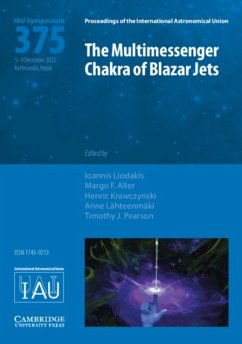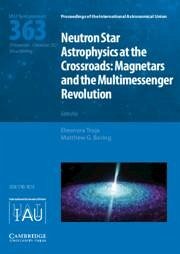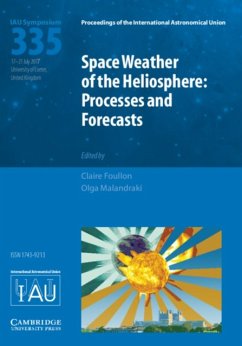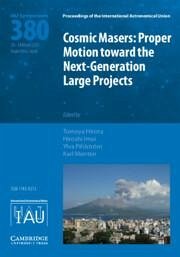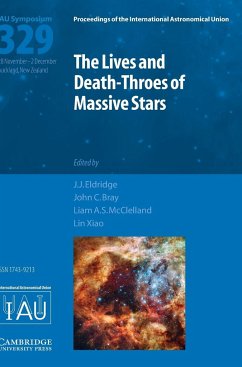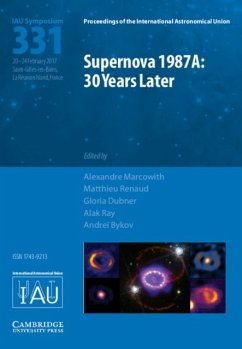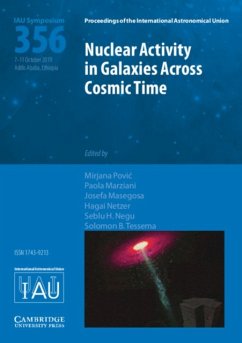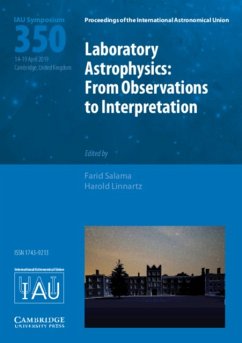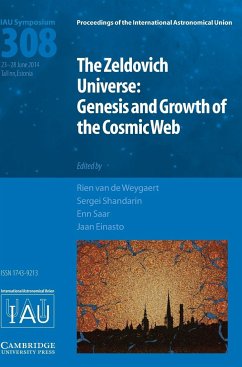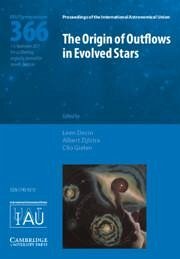
The Origin of Outflows in Evolved Stars (Iau S366)
Versandkostenfrei!
Liefertermin unbestimmt
122,99 €
inkl. MwSt.
All stars are known to power strong stellar winds at the end of their lives, expelling stellar material that is recycled as building blocks of new planets and life. IAU S366 provides an overview of state-of-the-art observational, theoretical and numerical studies on the origin of winds in evolved stars.




